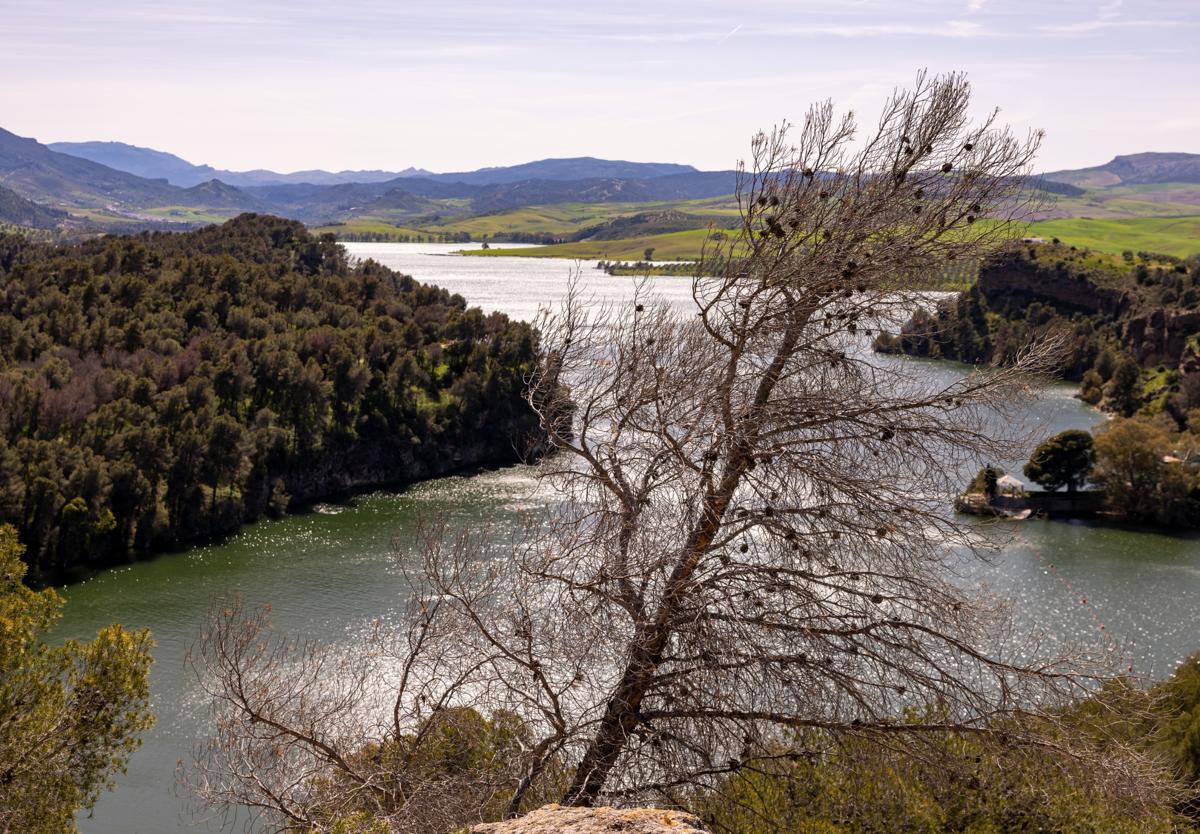Drought disease wipes out thousands of pine trees, ravaging Malaga province
Decline is already spreading to other trees, increasing the need to reinforce budgets and to consider clearing and planting different species
It is a kind of pine epidemic that is puzzling authorities and experts. It is particularly devastating in the Mediterranean and Malaga province is one of the worst affected areas.
The disease wipes out huge populations of pines in a matter of weeks. It is due to a combination of factors including lack of water, too many trees competing for too little space and opportunistic pests. Now this epidemic is spreading to other species too.
According to technical sources from the regional sustainability ministry, "Since summer 2021 we have been observing severe decay processes in pine forests in Malaga, some resulting in the death of many trees," and during the summers of 2022, 2023 and 2024 this problem worsened in different areas.
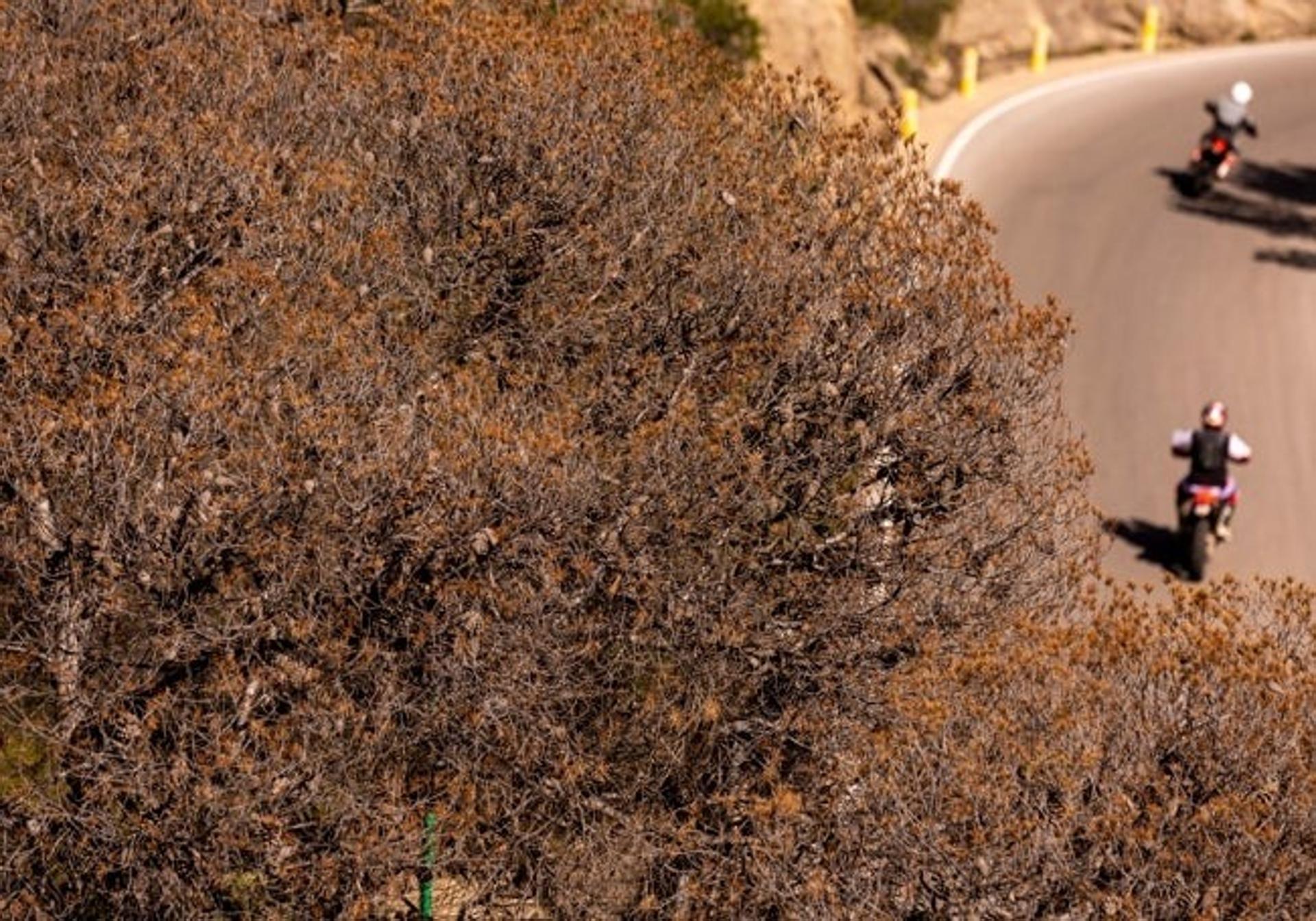
The most severe cases can be found in the following eleven regions: Alcaucín, Canillas de Albaida, Salares, Sedella, Cómpeta, Nerja, Totalán Montes de Málaga, El Chorro, Serranía de Ronda and Bajo Genal.
"It affects all pine species (black pine, stone pine, aleppo pine, salgareño pine, insigne pine) and even some broadleaved trees (holm oak, kermes oak, cork oak)," experts pointed out.
The result is dramatic and, in some cases, has caused the death of 50% of the trees - some even reaching up to 70-80% in the most affected areas.
"We are implementing forest treatment projects to reduce competition and favour more resilient systems," sources said.
2021
In that summer, the decline began to attract the attention of experts and authorities and has been worsening year after year.
You don’t have to go to the middle of the countryside or the forest to see the terrible damage - amounting to thousands of affected specimens. In Malaga city alone, the battle waged by the municipal environmental sustainability department is well known, and has approved a budget increase this year.
Multiple explanations
Triggering factors are manifold. They range from the prolonged drought that has plagued the province for the last six years to poor quality, depleted soils, with steep slopes and few nutrients, or the fierce competition for soil due to roots being too close together.
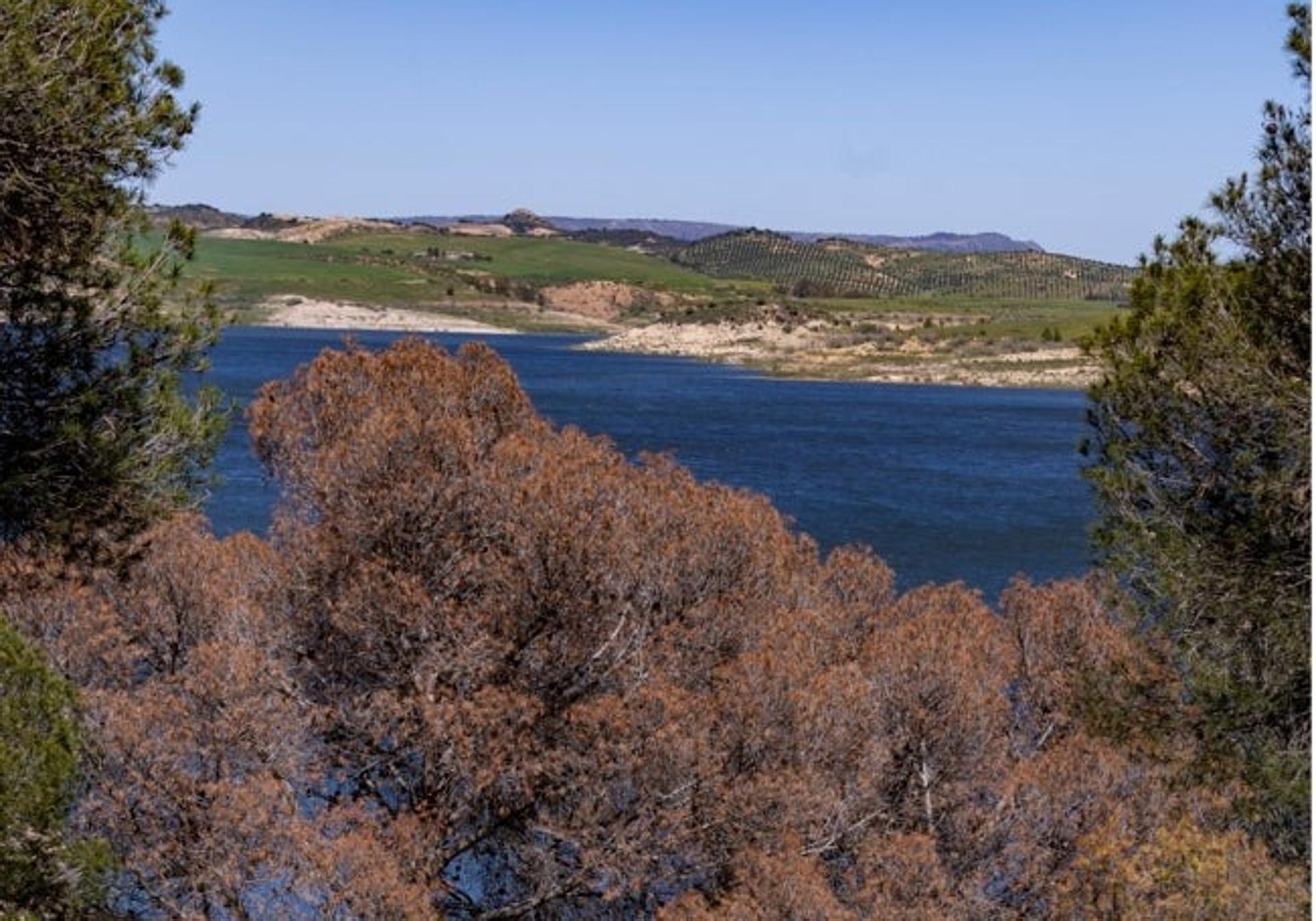
Malaga city hall is reluctant to provide updated information on this nightmare for periurban areas. Last year almost a thousand trees were affected, mainly pines. Weakened by the aforementioned factors, the opportunistic pests finish the job. Trees fall in a matter of weeks.
The council approved a budget amendment, granting the 2.8 million euros needed to sign and implement an agreement with the provincial council.
UCO research
Until now, monitoring has been carried out by the University of Cordoba (UCO) and acclaimed forest service companies. But it is now necessary to go further and see the provincial scale of the problem. In any case, UCO's report provides the recommendations that guide new procedures - applicable to the entire province with its hollistic approach.
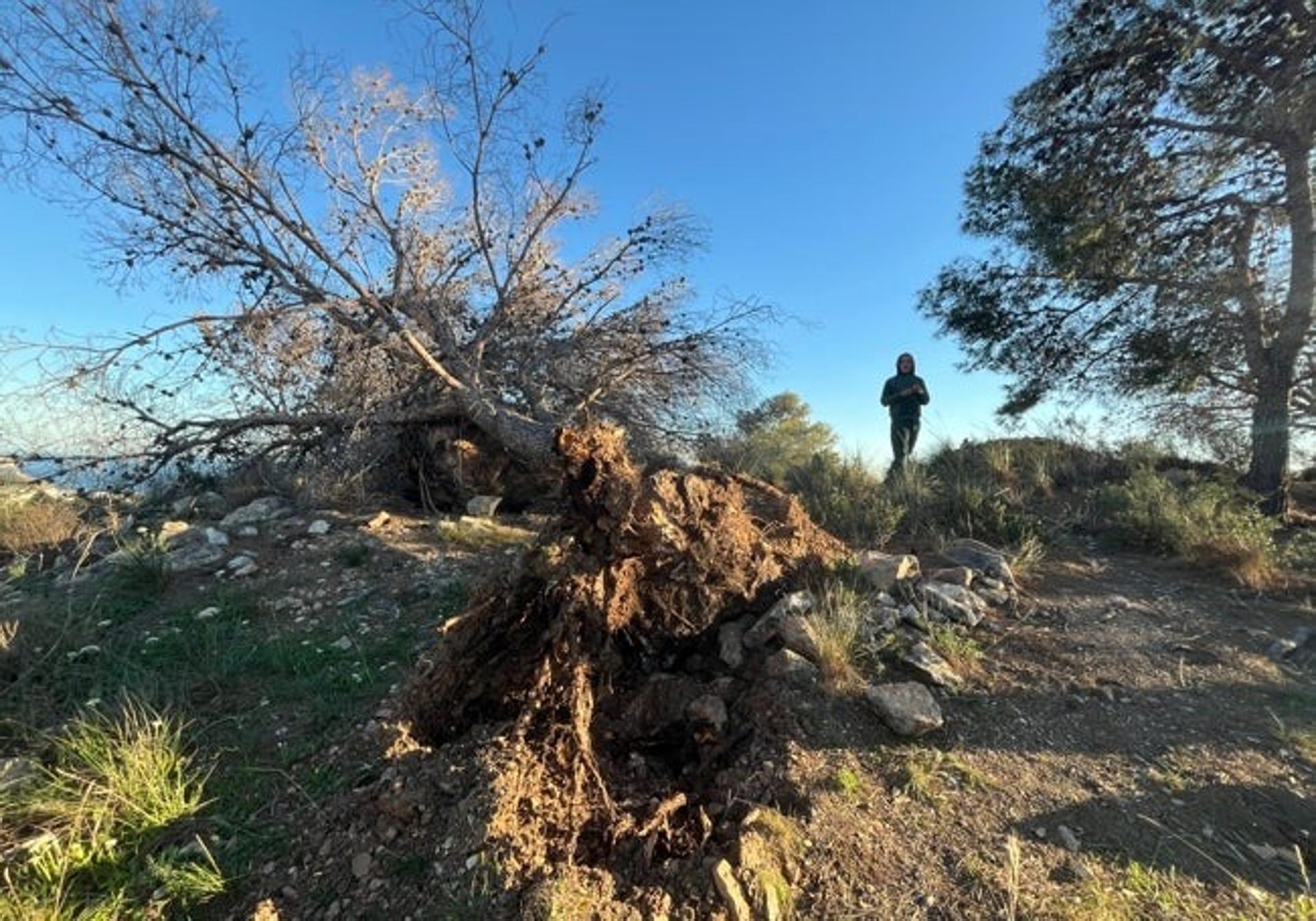
The Sustainability Department claimed, "This situation is a consequence of the current weather conditions, although in recent months the decay of specimens has worsened due to the presence of wood-boring insects that accelerate the death of the weakest trees".
2.8
million euros were budgeted by Malaga city hall for an agreement with the provincial council to act with a provincial plan based on a study by the University of Cordoba.
What can be done? Along similar lines to what was stated by regional technicians, one of the keys is to remove dead trees and plant more resilient species - opting for native, shrubby species. For the Sustainability Department, "The aim is to eliminate trees that, due to their state of health (rotting, dryness and wood-boring insects) could pose a risk to the public by falling or to the rest of the vegetation by spreading the disease. Also to promote resilient forestry practices to improve the ecosystem and increase biodiversity in affected areas and the entire forest".
Clearing
"The dead trees will be cut down and removed to control the presence of insects and prevent them from spreading. Subsequently, tree species adapted to the Mediterranean climate will be planted," the plan detailed.
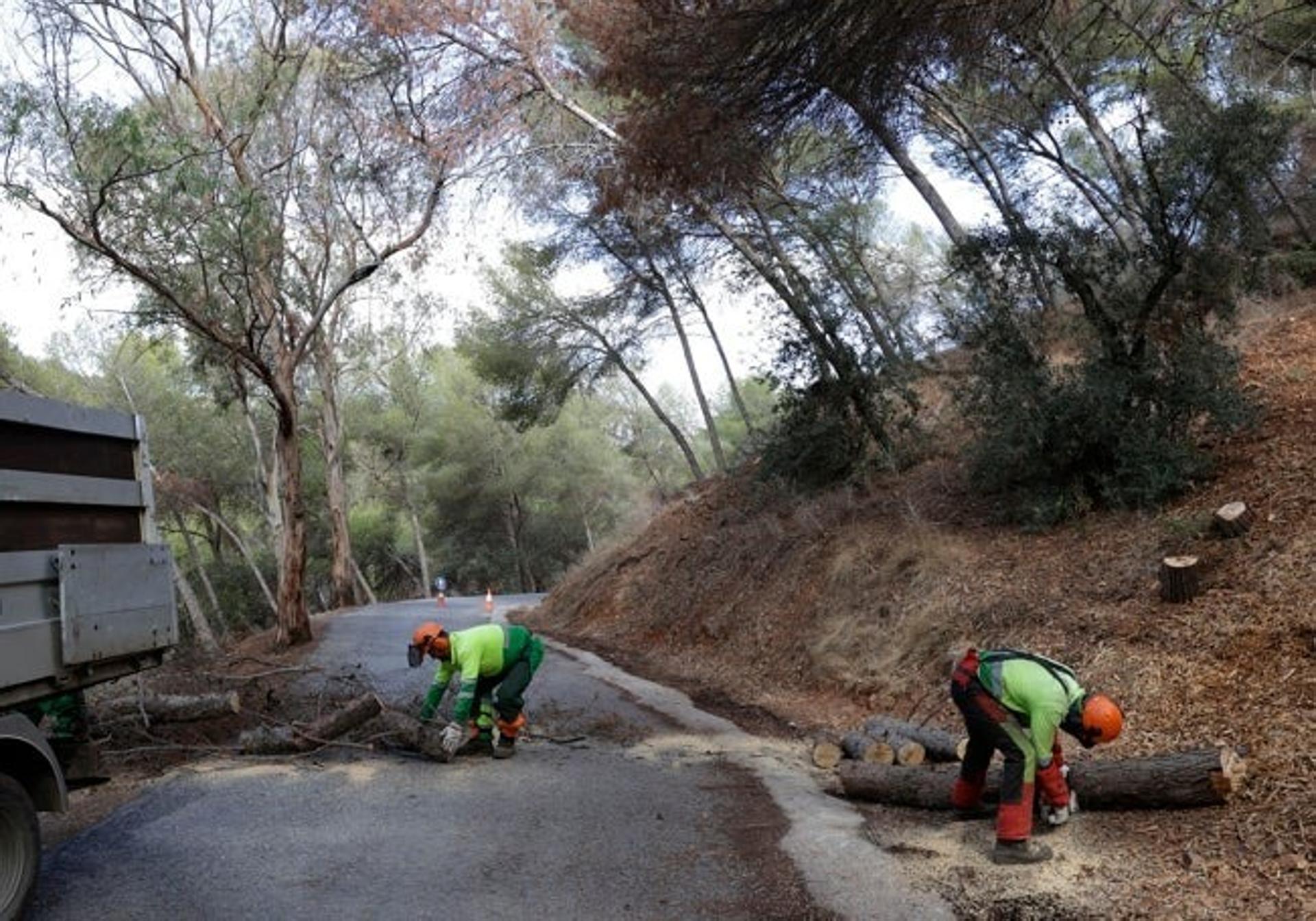
Researchers from the Department of Forestry Engineering in the School of Agricultural and Forestry Engineering have been in the field for several months. This study was carried out on five sample plots in the Gibralfaro, Monte Victoria, El Morlaco and Monte San Antón parks. It uncovered that the agents triggering the decline of pine forests are abiotic: irregular and reduced rainfall; continuous increased temperatures; and ecological competition increased by drought. However, wood boring insects (mainly the species Orthotomicus erosus and Crypturgus numidicus) take advantage of the pines' reduced defences and develop inside them, accelerating their death.
11 to 50%
mortality has been detected by the Junta in the 11 drought spots across the province: Alcaucín, Canillas de Albaida, Salares, Sedella, Cómpeta, Nerja, Totalán Montes, El Chorro, Serranía de Ronda and Bajo Genal.
One of the researchers is Ángel Lora, who explained a preview of this report to SUR. "Pine forests are having a hard time throughout the Mediterranean. Some hardwoods are also very badly affected by exploitation," he said. By exploitation, he refers to charcoal, cork and cultivated pastures.
In any case, the scientist sees ways to alleviate the problem, but acknowledges that the Mediterranean climate is no stranger these patterns. "They are long-suffering trees that can obviously defend themselves better in good times," he pointed out.

